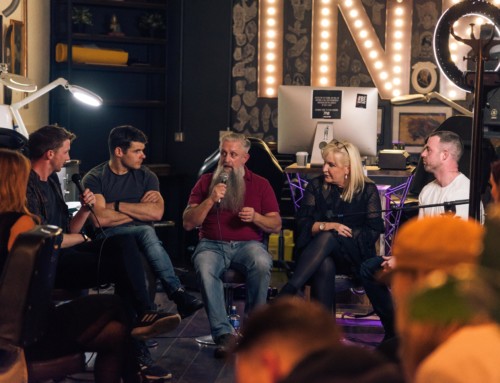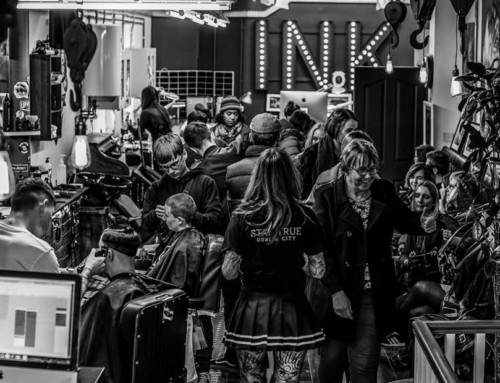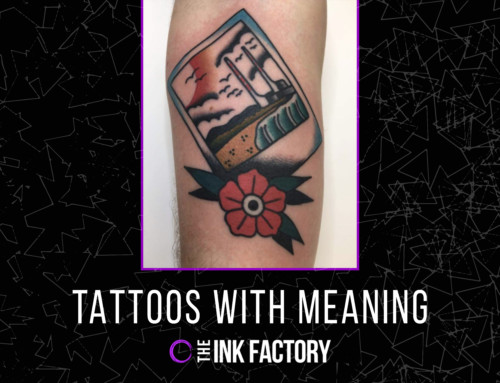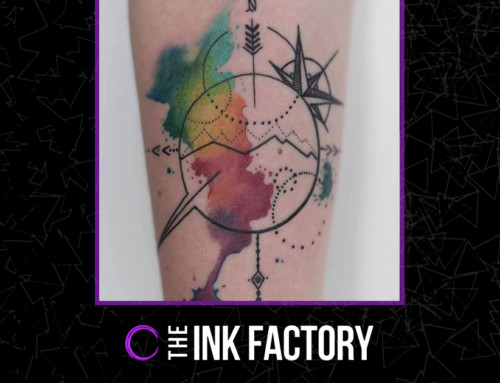The visibility of piercings in popular culture has been steadily on the rise in recent decades, however it’s hardly a new phenomenon, even on a mass level. Archaeologists commonly find piercings on human remains dating from thousands of years ago. Given that clothing was often purely functional, at least among non-royals, until relatively recently in human culture, piercings perhaps can be seen as one of the earliest, and hence most basic, means of visually expressing one’s self identity.
Piercings, being less permanent than tattoos, are viewed less controversially, but it’s interesting to glance back in history to get an idea of how modern subversive piercing statements are linked to cultures of the past.
While they are still generally considered pretty out there, nipple piercings are far from a modern invention. Ancient Romans were pretty keen on such adornments, and these were likely seen as a statement of masculinity, being especially common among soldiers.
The history of genital piercings is similarly intriguing. Contrary to popular myth, Prince Albert didn’t invent the (in)famous piercing which bears his name; randy folk in ancient India have been getting these done since the 4th century.
Piercings in western culture have a relatively more recent history. Like many fashion and artistic trends which have achieved mainstream popularity, contemporary piercing culture owes a lot to its formation in homosexual subcultures. Post-WW2, lobe piercings became an established signifier among gay men, bringing the piercing into (covert) use in everyday life.
The next great development was the use of piercings in punk culture, resulting in greater stylisation of piercing materials – with the safety pin septum piercing being the most iconic and enduring punk piercing image. Around the same time, modern primitives, led by the charismatic Fakir Musafar, began experimenting massively with the conventions of piercing in a western setting (including stretching, corsetry and play piercing). Together these sometimes interlinked movements established piercing as one of the premier visual forms of identifying with countercultural views.
However it’s mostly since the early 1990s that we’ve seen the extraordinary growth of piercings in popular culture that characterises its modern day high profile and largely acceptable status. The 1990s navel piercing can be seen as an important stepping stone. Combined with the swelling popularity of the crop top, as sported by major pop stars, the scope for rebellious statements among young females was widened through this widely-understood gender-specific visual language.
From there, piercings in popular culture have grown and diversified, providing an easy point of entry into body modification, as well as resulting in more radical practices, as enthusiasts seek to break away from the mainstream and reinforce their subversive identity.
Intriguing developments abound. The septum piercing, easily one of the biggest current trends in piercing, is regarded by many as carrying feminist overtones, the style being borrowed from punk, and inspired in punks by any number of tribal sources. This piercing has found its way into hip-hop, traditionally a hyper-macho realm, as exemplified by Young Thug: the first high profile rapper to engage in gender fluidity, whose septum work forms a crucial part of his image.
Piercings are practically everywhere in popular culture, with hugely varying levels of commitment (from clip ons to extreme stretching) which may make it hard to connect all adherents together, but this is what makes piercing so special: its status as the most accessible form of rebellious body modification acts for people in the process of personal discovery.




